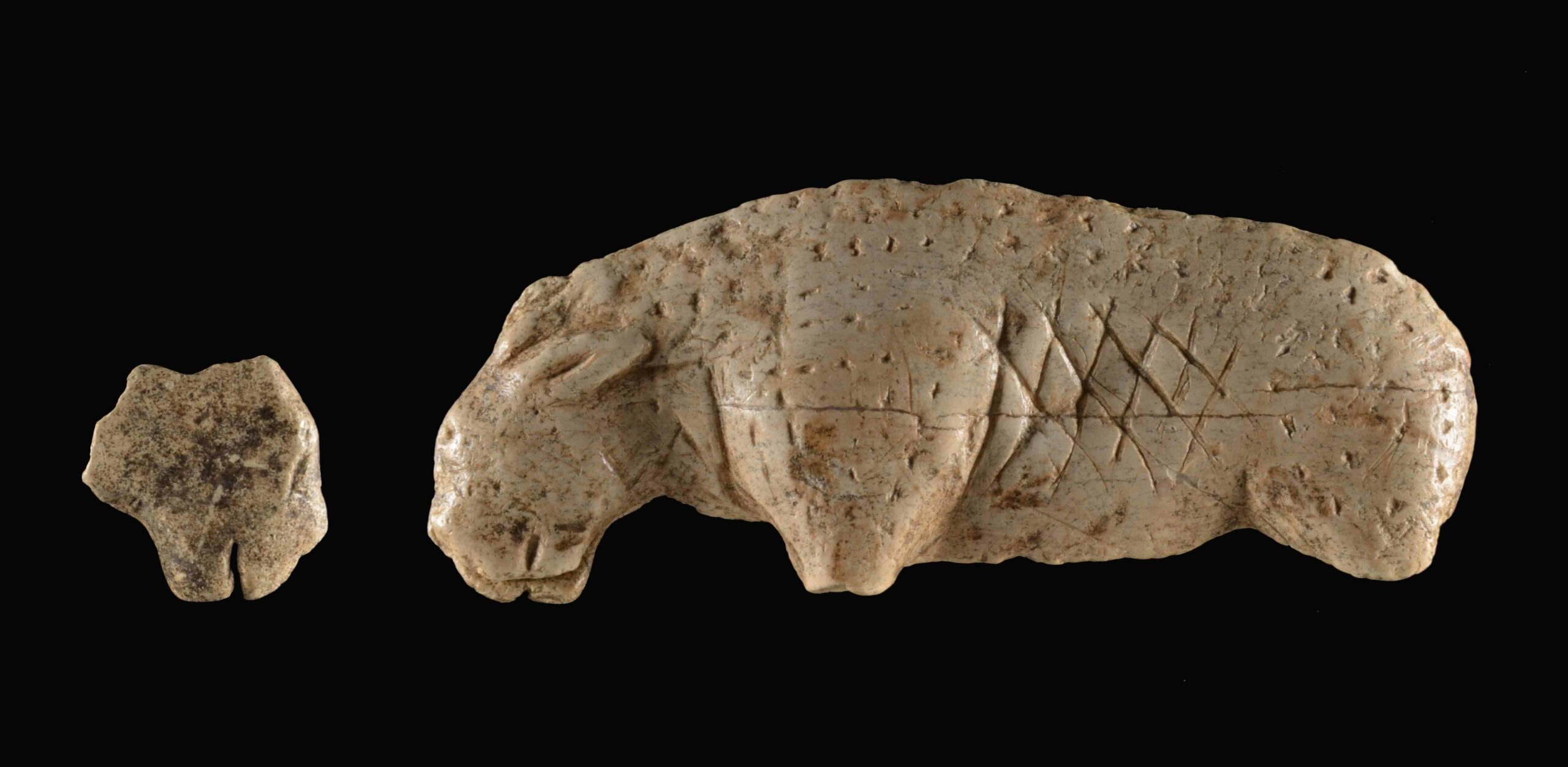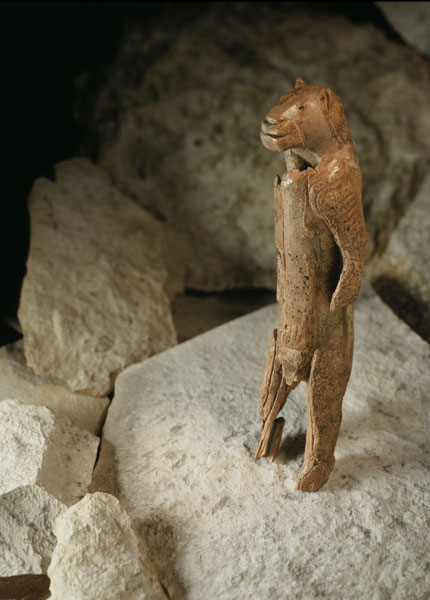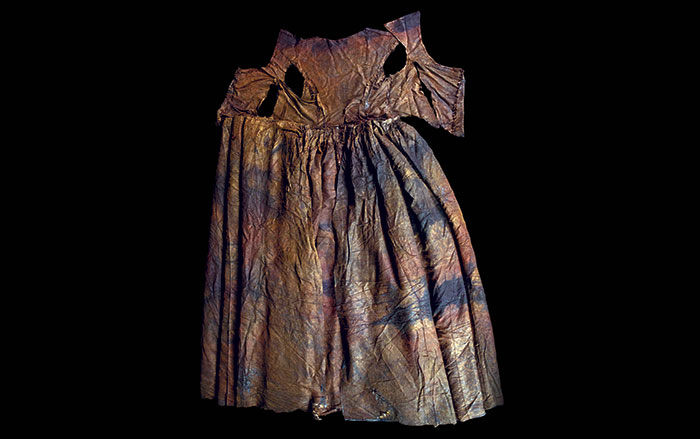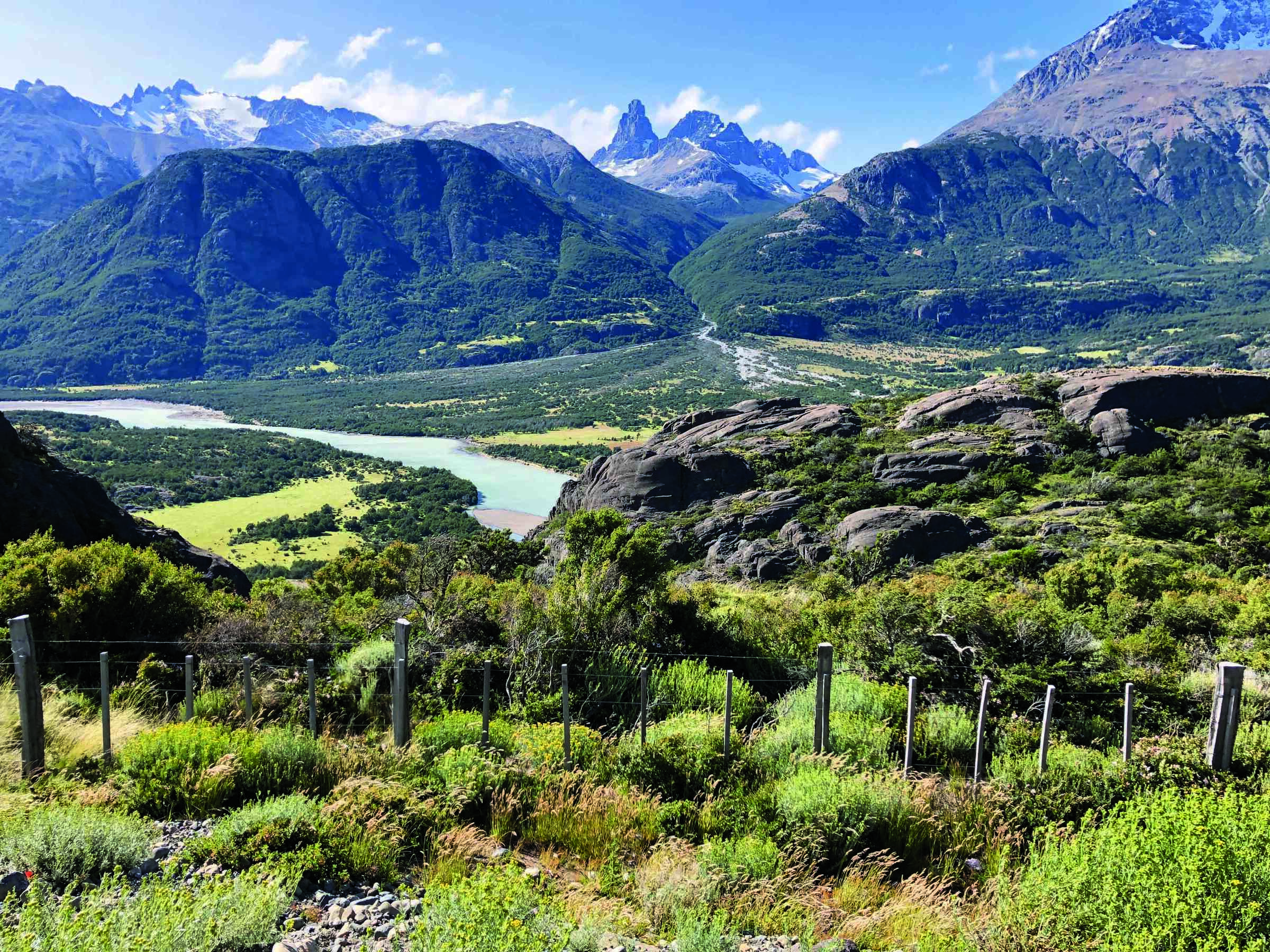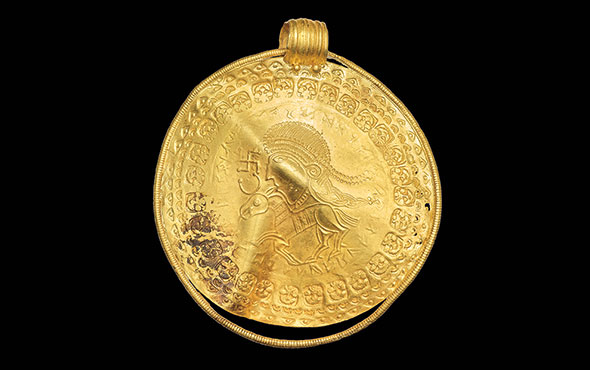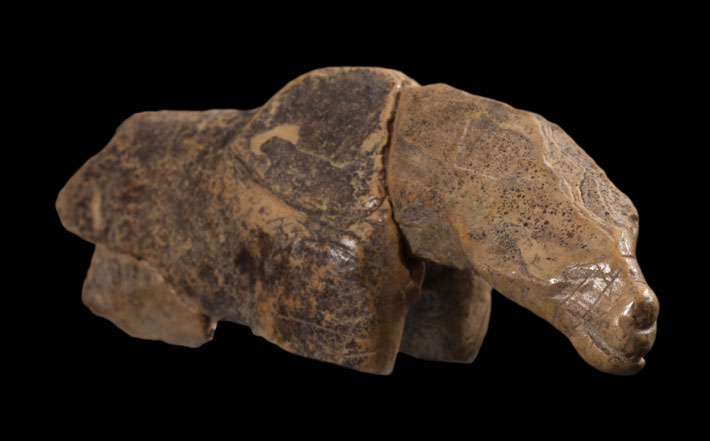
TÜBINGEN, GERMANY—Live Science reports that a missing piece of an Ice Age animal figurine has been found in southern Germany’s Hohle Fels Cave by a team of researchers from the University of Tübingen. The head of the 35,000-year-old ivory figurine, uncovered in 1999, had been thought to represent a horse, but the newly discovered body, which measures about 1.6 inches long, more closely resembles a cave lion or a cave bear. “The figurine now has a massive body, shows the typical pronounced bear hump at shoulder height and presents itself in a posture that could imitate the trotting gait of a bear,” said archaeologist Nicholas Conard. Yet it also bears features attributed to cave lions, he added. An ivory fragment found nearby may have been the animal’s left front leg. “It therefore makes sense to look extra carefully for the missing parts of this animal in the years to come,” Conard concluded. To read about a rare spearpoint found in the cave, go to "Around the World: Germany."


